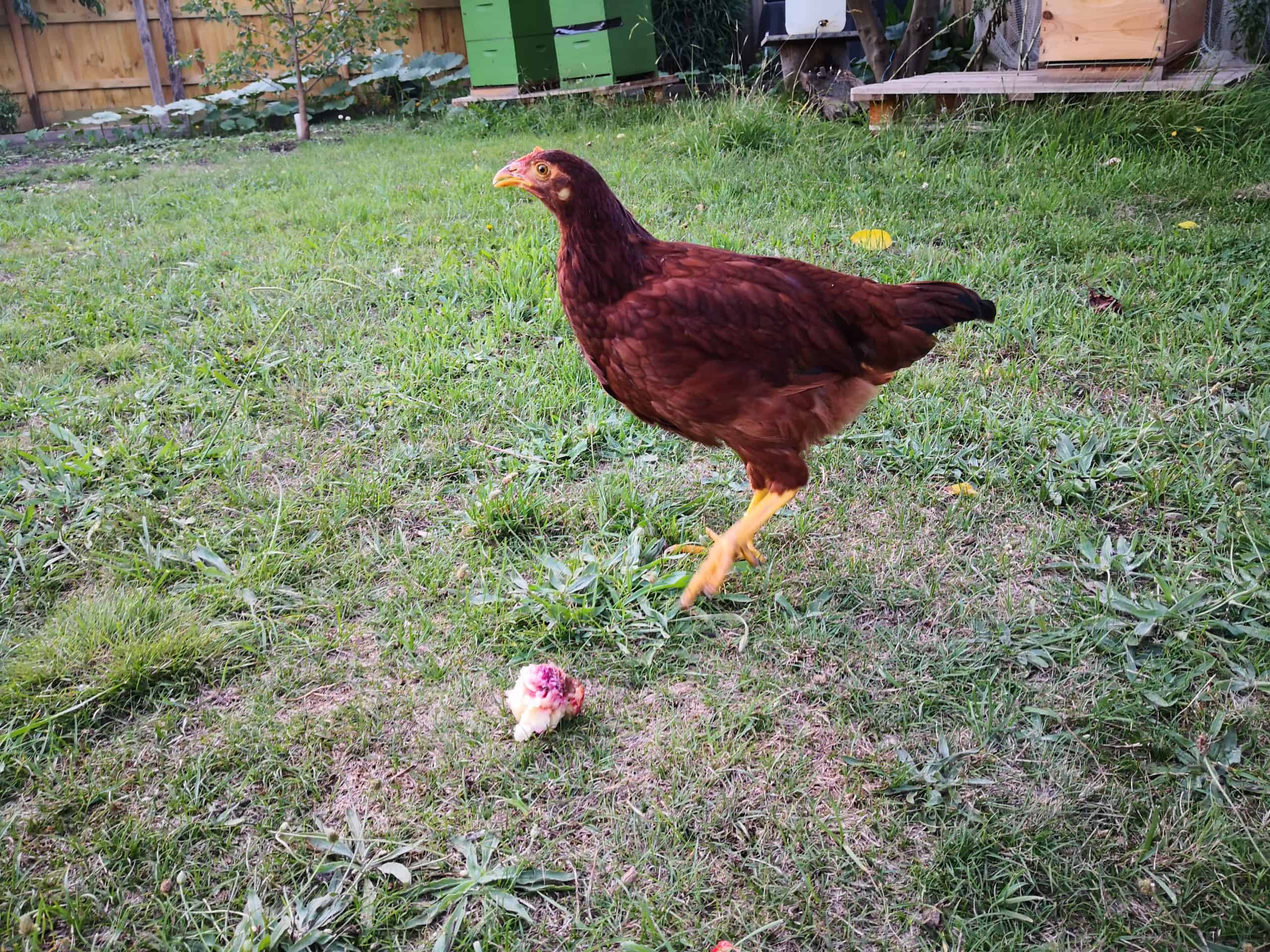Have you always wanted to raise backyard chickens but have no idea where to start? Then you’ve come to the right place! This website is the only resource you’ll ever need to learn everything about raising backyard chickens.
In this guide, we will talk about the main chicken supplies to buy in order to equip your coop with everything your birds will need. This way, you can be better prepared for welcoming your flock.
Essential Chicken Supplies
1. Chicken Coop
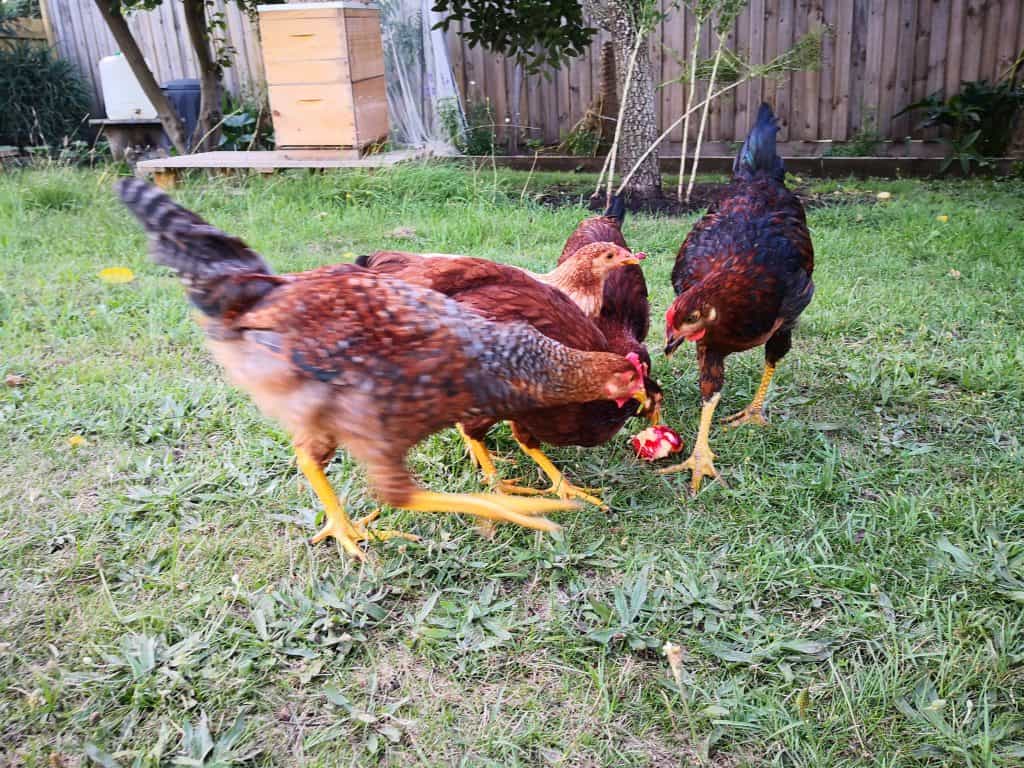
The first thing to do before you buy your chickens is to build or assemble a DIY chicken coop. When deciding what style of coop to invest in, first consider the number of birds you plan to keep.
Here are some more factors to consider when building or buying a chicken coop:
Location of the Coop
Decide where you will install it. Is it going to be under the trees or somewhere in the open? If you have harsh summers, you may want to install the coop under the trees.
Mobile or Stationary
This is important in case you would like to move the coop from one place to another. For example, in the winters, you may want to move the coop to the parts of the yard that receive more sunshine.
Water Source
In case you decide on a stationary coop, you’d want it closer to a water source for re-filling the water containers your flock uses.
Electricity
You also need to ensure having an electricity source for running a fan in summers and an infrared water-heater base in winters.
Before buying or building a coop, it is also essential to consider your local zoning regulations. Some cities consider a coop to be an extension of the house like the shed. So, it is best to consult your local town office regarding the same.
Check out our reviews of the best backyard chicken coops available online.
2. Nesting Boxes
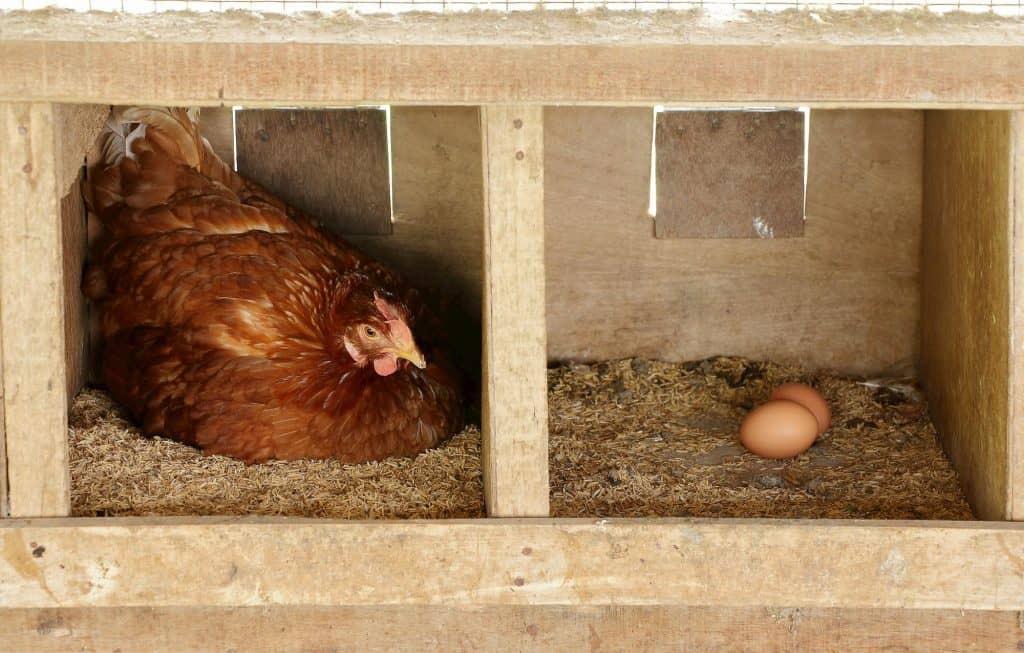
In addition to the chicken coop, one of the most important chicken supplies your girls will need is nesting boxes.
If you start with chicks, you won’t have to put in the nesting boxes until the birds are at least four months of age. But if you start with pullets or hens that are mature, you need to be sure to have nesting boxes ready right away.
- You need at least one nesting box per four to five hens.
- Raising the nesting boxes is a good plan as it frees up floor space in smaller coops.
- No matter where they are in the coop, the nesting boxes should always be lower than the roosts else your hens might use them for sleeping. You do not want that since chickens tend to poop a lot while sleeping.
- Fill the nesting boxes with soft lining material. Pine shavings and dried herbs are also a good addition.
- In case your nesting boxes are accessible from the outside, you must also order a predator-proof latch for them as part of your chicken coop supplies.
Check out the best nesting boxes to buy here.
3. Feeders and Waterers
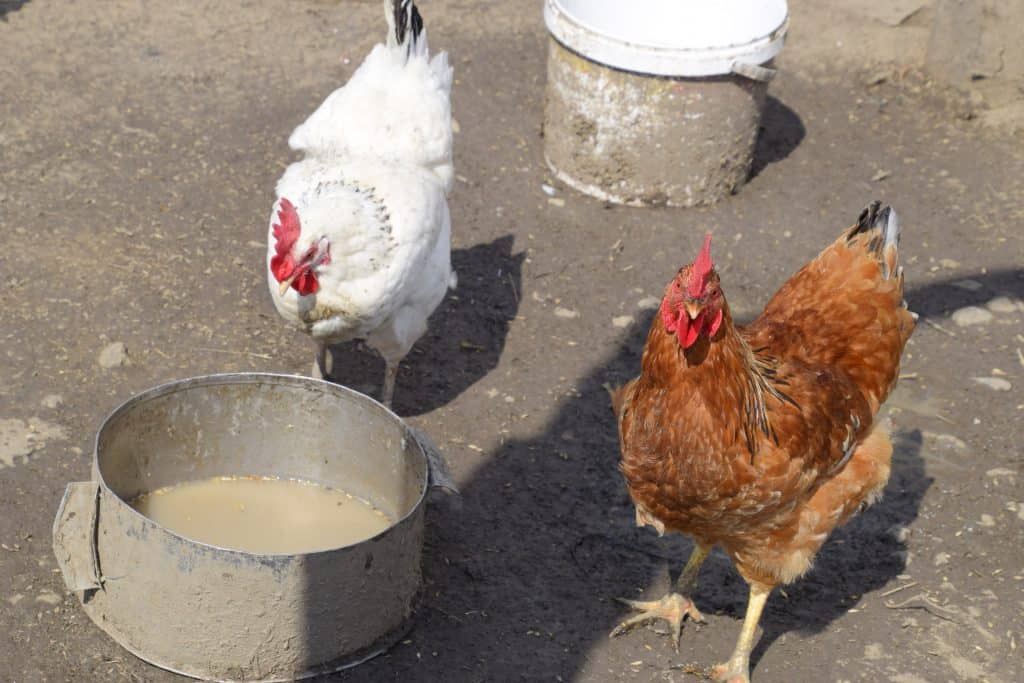
Chicken feeders and waterers come in different sizes. The number of birds you own and the size of your coop will determine the size of the feeders and waterers.
- Some readymade coops come with their own feeders and waterers
- Your local feed-and-seed stores might also carry plastic or metal waterers and feeders.
- As a rule-of-thumb, provide 1-inch of feeder space per chick during the first week and 2-inches of feeder space per bird until the end of brooding at six weeks.
- You can make homemade waterers and feeders using cartons, buckets, plastic trunks, etc. The downside to using such objects as feeders and waterers is that birds could accidentally climb in them, excrete in them, or even accidentally drown in them.
- That is why it is best to use feeders and waterers for chicks found online or at feed-and-seed stores.
- Avoid very large feeders and waterers as they can take up too much space and limit the space for chicks to move. Also, avoid tiny feeders and waterers that need re-filling too often.
- For young chicks, place the feeder and waterer on the coop floor. As they grow, you can raise their height a bit.
- Avoid placing feeders and waterers too close to each other. Chicks tend to scatter and toss their feed while scratching and if it ends up in the waterers, it could spoil and raise a stench.
- For very cold and freezing winters, make sure that your waterers come with a heated base. This will prevent the water from turning to ice.
Discover the best chicken feeders to buy here. For the best waterers, click here.
4. Bedding
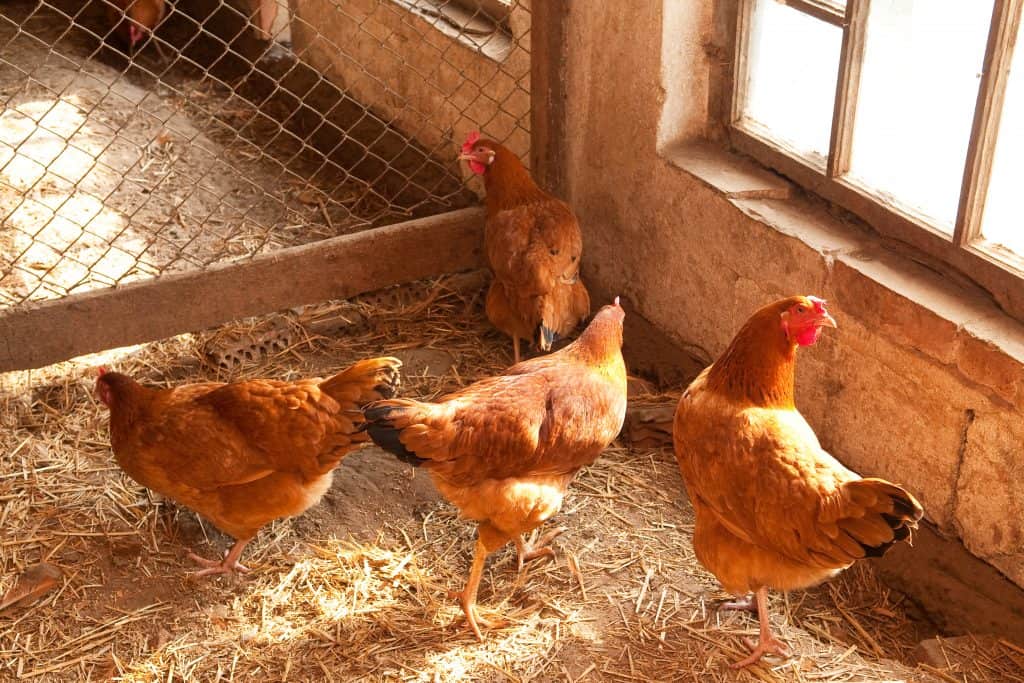
Depending on the type of coop you install, it will also need bedding. Bedding makes clean up easier and reduces odor.
- A wire floor is a good option as it catches feces, food, and spilled water. However, it deters the tendency of scratching in chicks, which is a natural instinct.
- Cedar shavings make a great option as well; they also prevent mice and rodents.
- Aspen shavings are the best as they emit the least amount of gas as far as wood shavings are concerned. However, they are expensive.
- Pine shavings are easily found everywhere, and they are also a great option in bedding.
- Avoid using newspapers as bedding for brooding boxes as they turn to mush and can harm the health of your chicks.
5. Wire Fencing
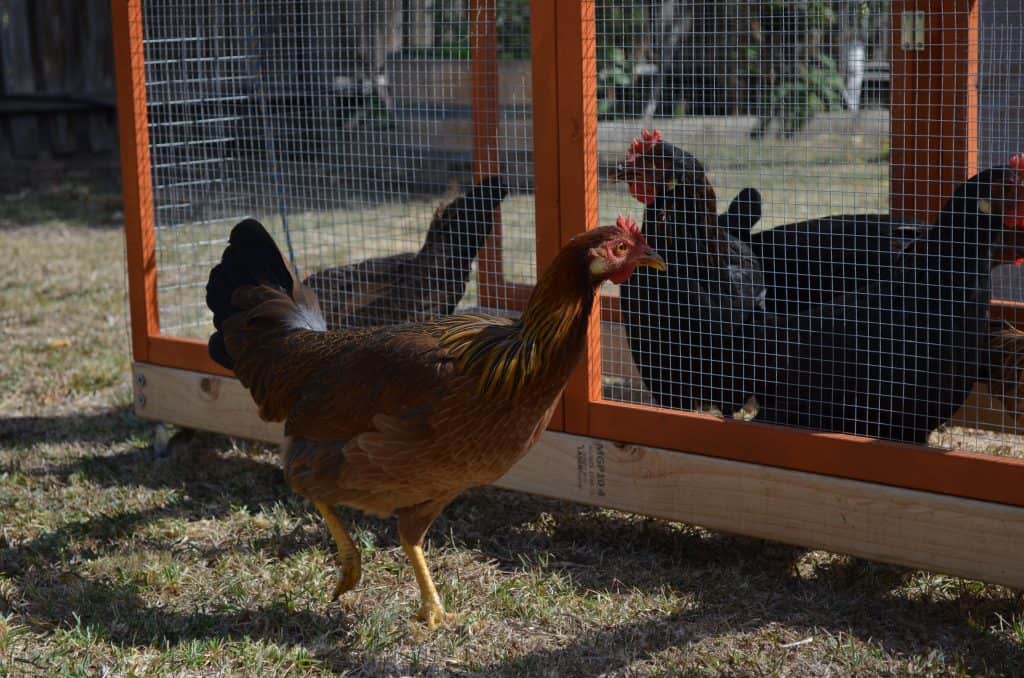
Once you decide to keep backyard chickens, one of the essential chicken farm supplies you are going to need is sturdy wire fencing.
Wire fencing will keep your flock safe from predators like wild animals and birds and can also prevent them from going where they aren’t supposed to go (like in your garden).
Check out the best wire fences to buy to protect your birds.
6. Chicken plucker
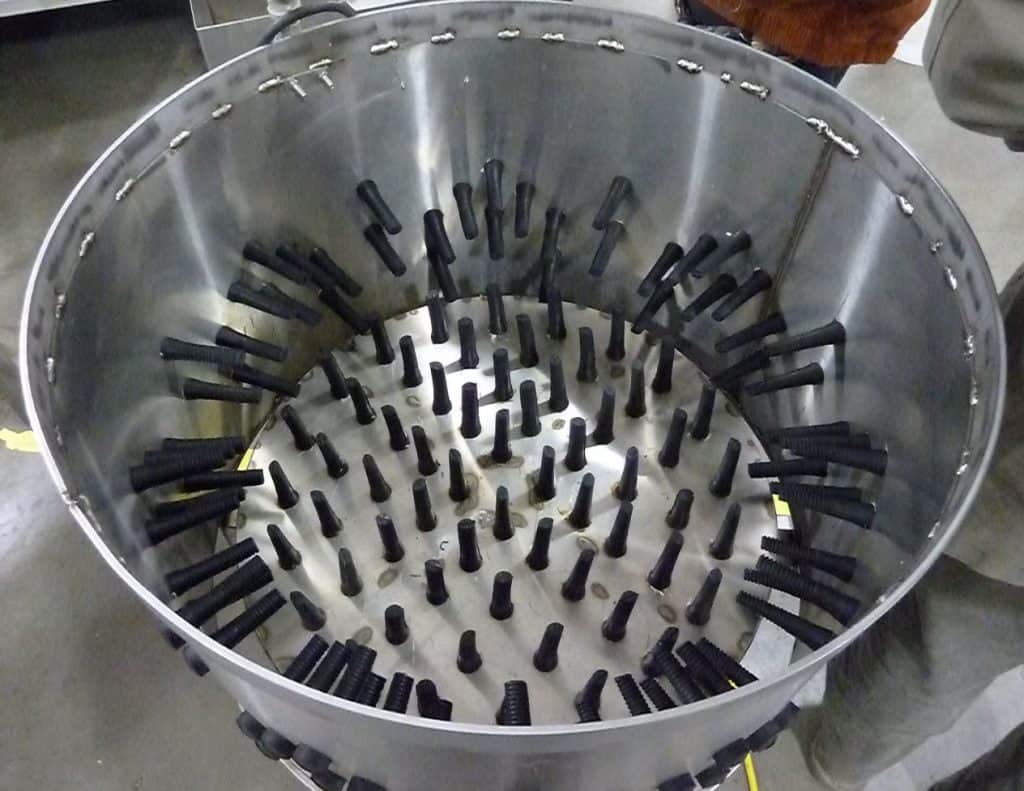
If you plan on butchering your chickens for food or even to sell them, then you would need chicken pluckers. Chickens can be plucked in two ways: dry or wet.
In dry plucking, as the name suggests, you pluck your chickens’ feathers while they are dry. This can be done by hand, although there are machines that pluck dry chickens.
In wet plucking, you scald the bird first and then pluck it either through automatic or manual plucking. In case you have to pluck several birds each day, it is best to go for automated tub style pluckers.
Tub style wet pluckers can pluck a feathered bird in less than 30 seconds. Some machines can even accommodate two birds at a time.
7. Chicken Books

Apart from the above chicken equipment and supplies, it would be best if you also kept some informative and educational chicken books on hand. This way, you can get answers to any burning questions you might have about raising chickens.
Chicken books give you step-by-step guidance about literally everything needed while raising chickens.
The best chicken books contain advice about chicken health, the best feed for chickens, how to improve egg-laying, how to compost chicken manure, and pretty much every chicken-topic.
These are some of the best chicken books to keep in your home library.
Conclusion
A chicken supplies catalog can help you better prepare your chicken coop so you can welcome your birds and make them feel comfortable.
The best chicken supplies will keep your flock healthy and flourishing for a long time.
Use the above guide along with other resources on this website to stock up on the best chicken supplies for your farm.
